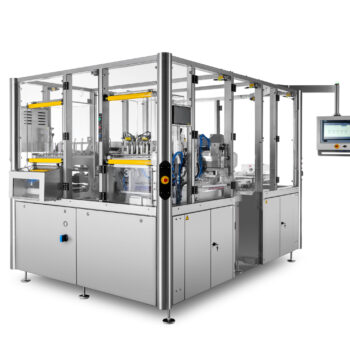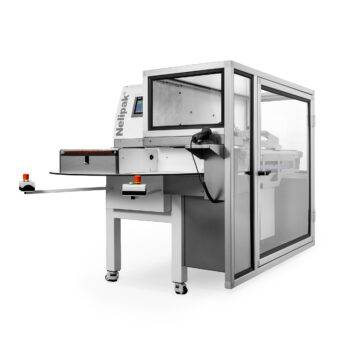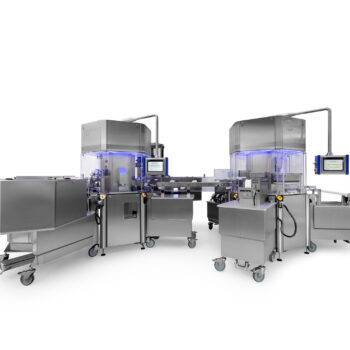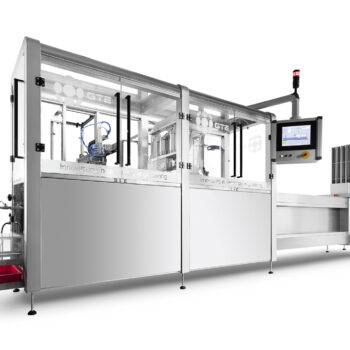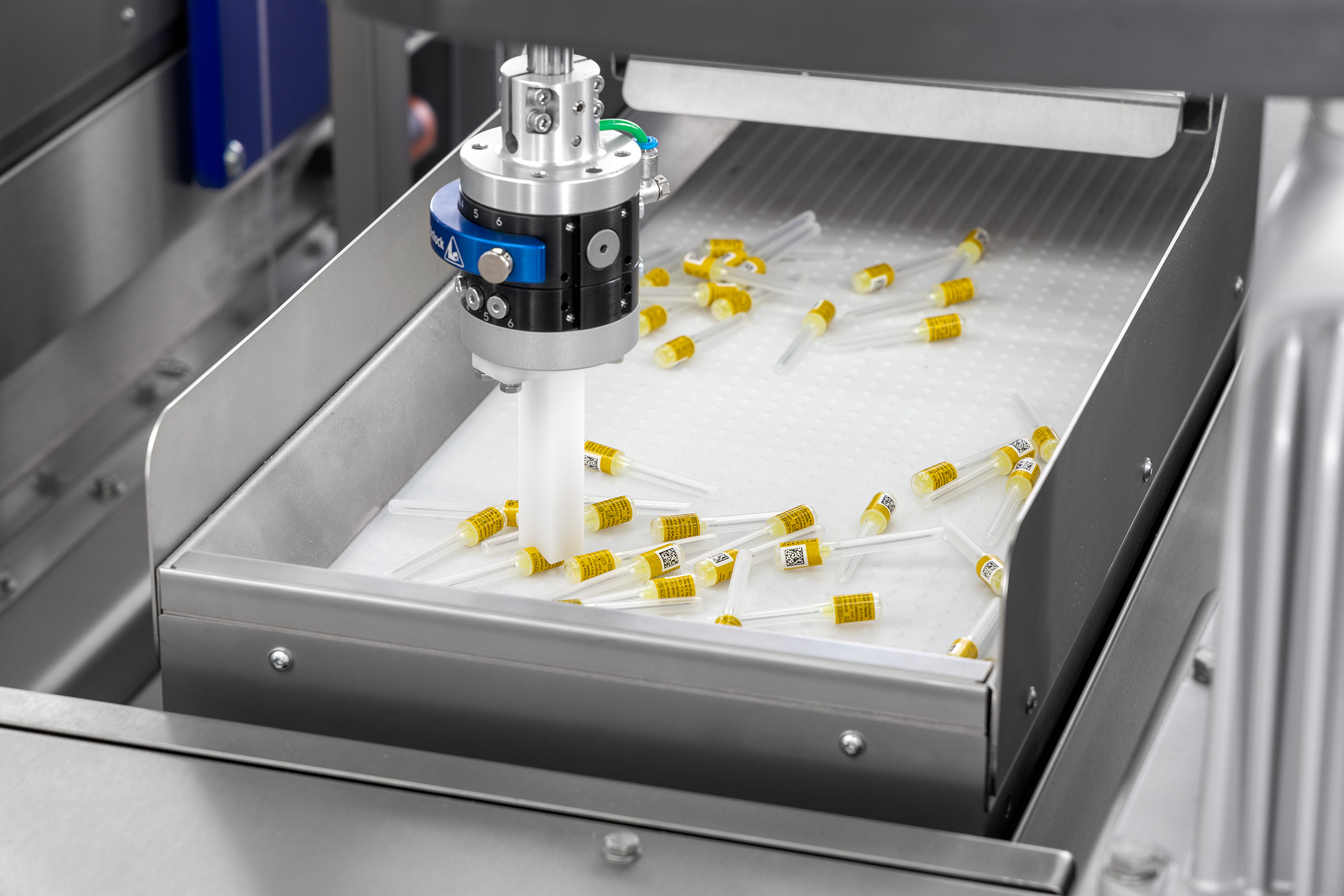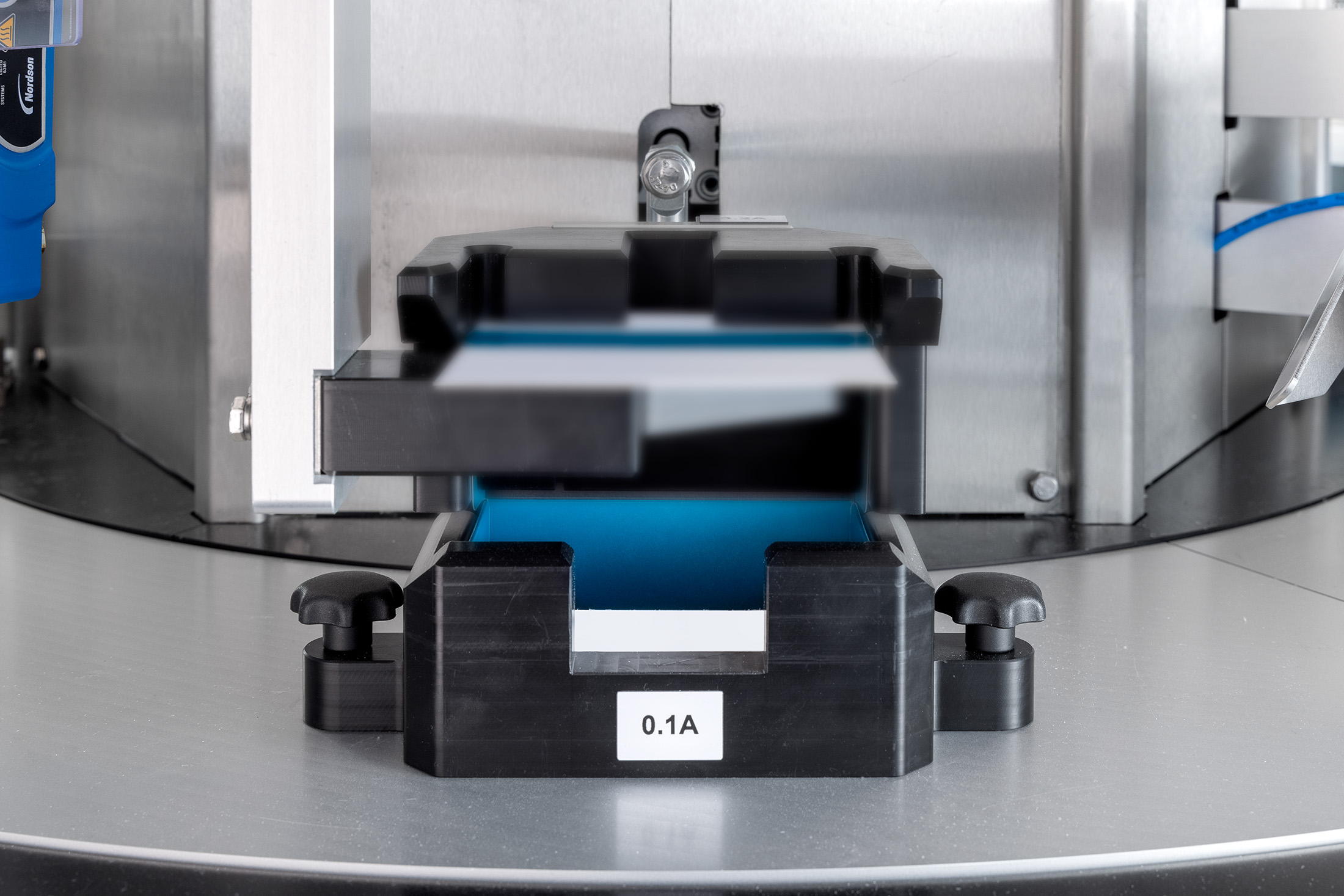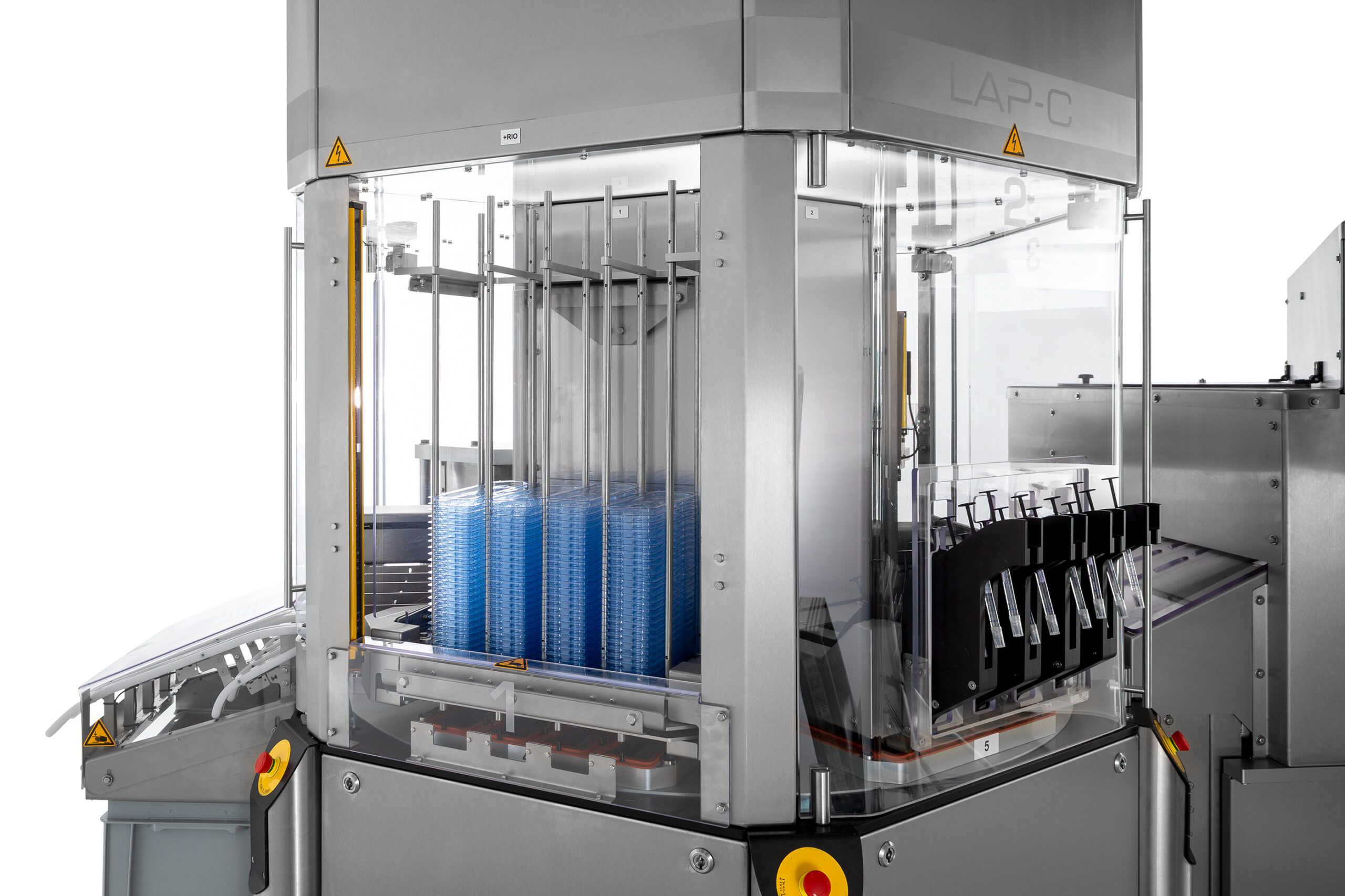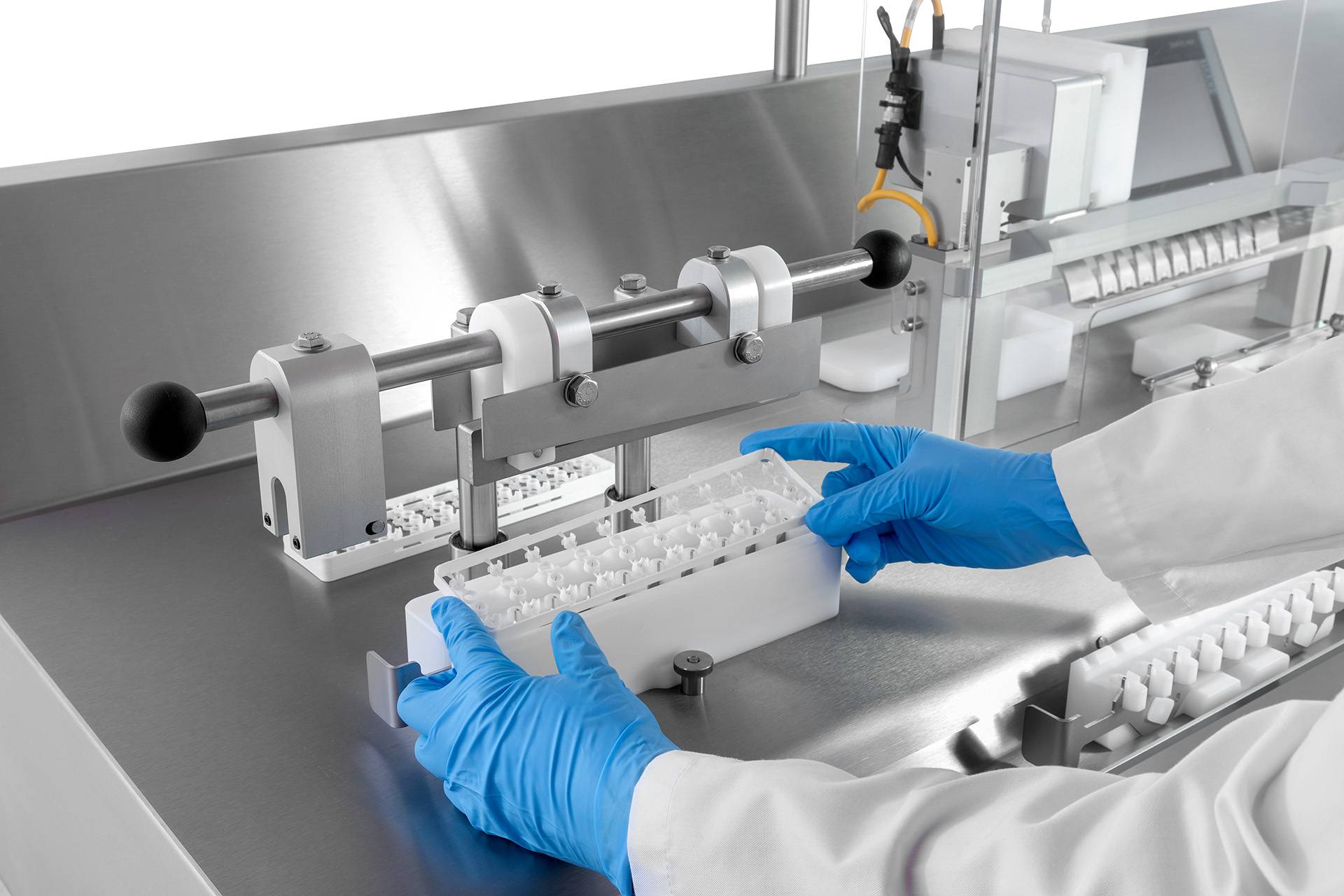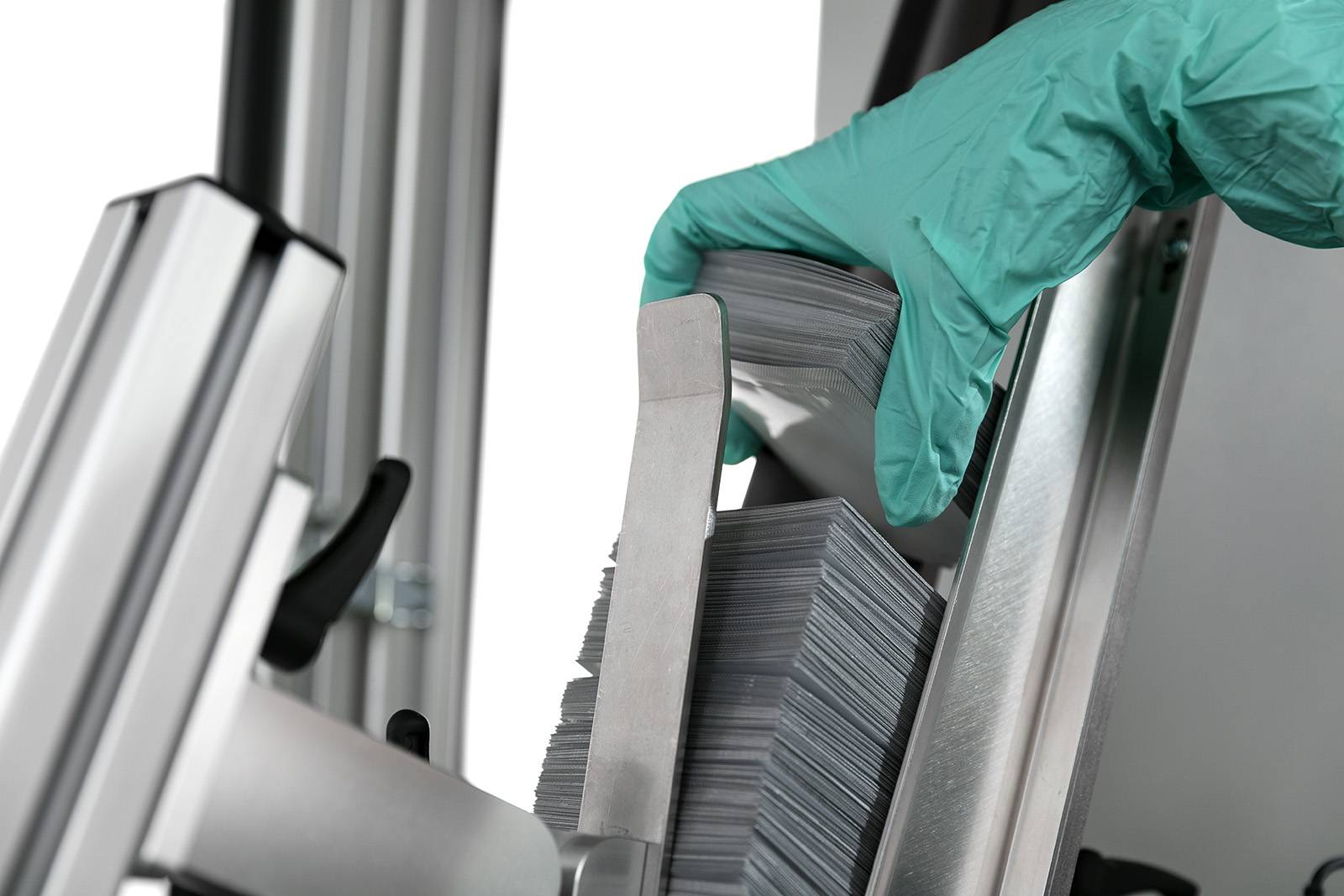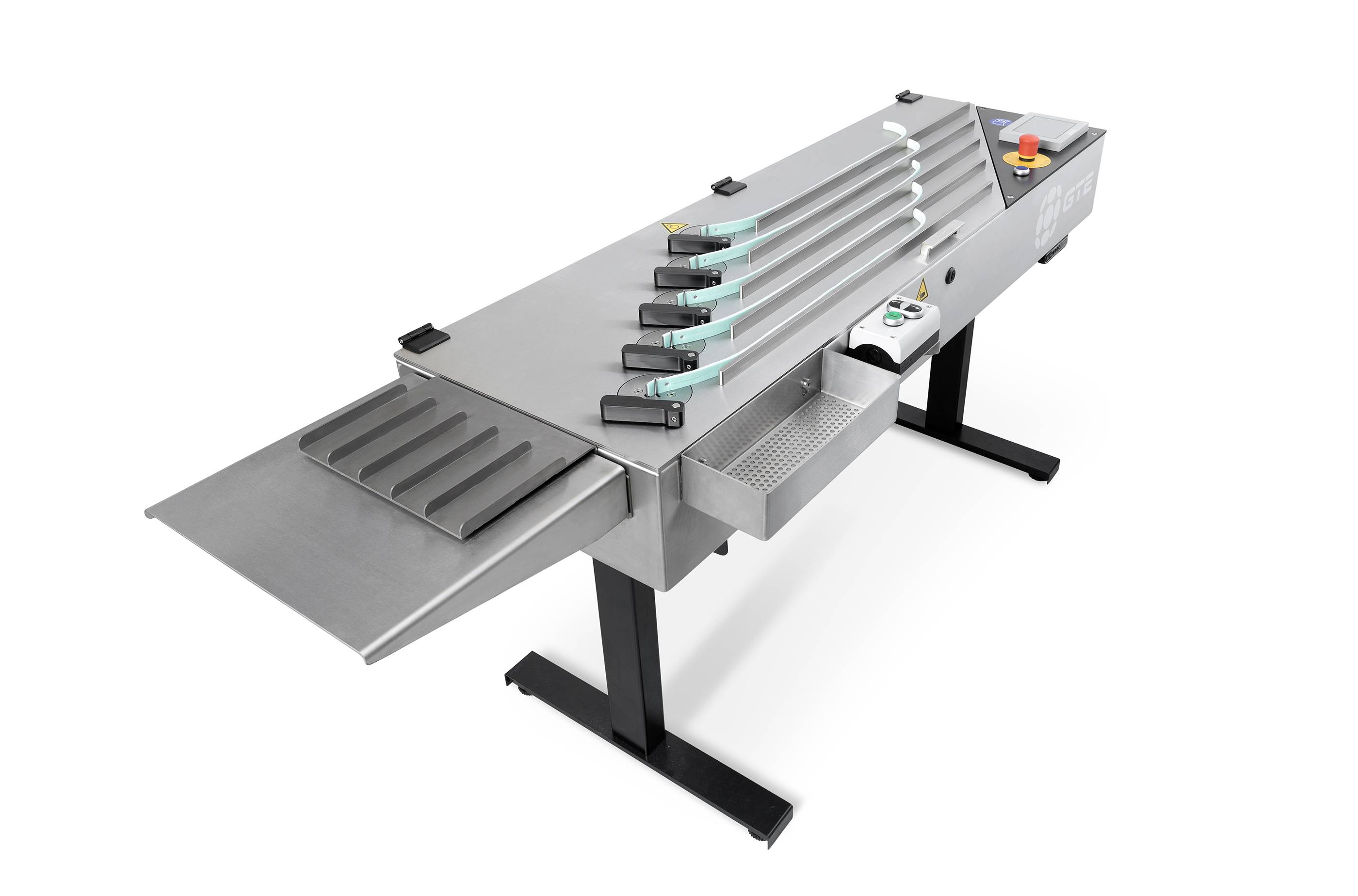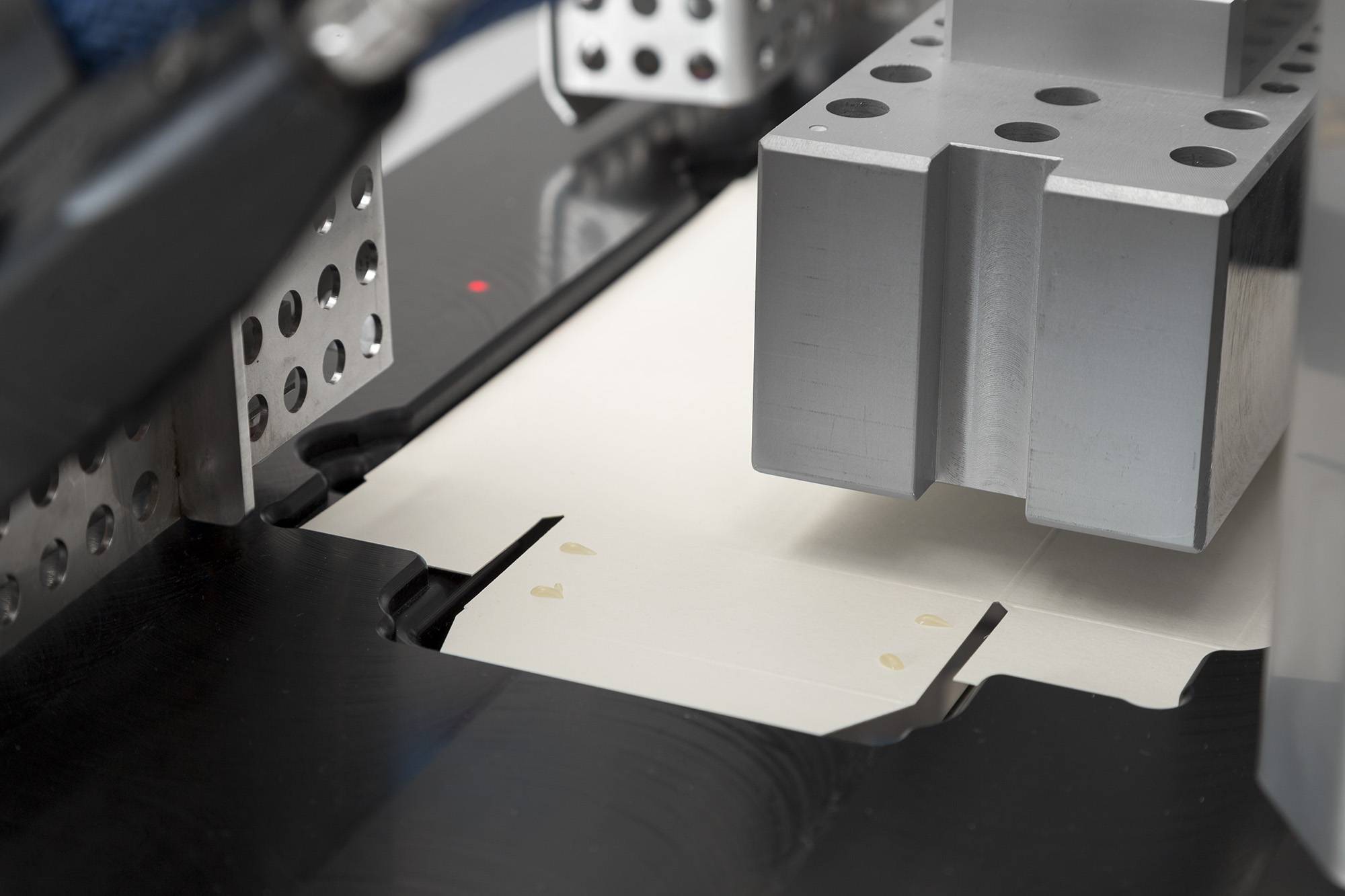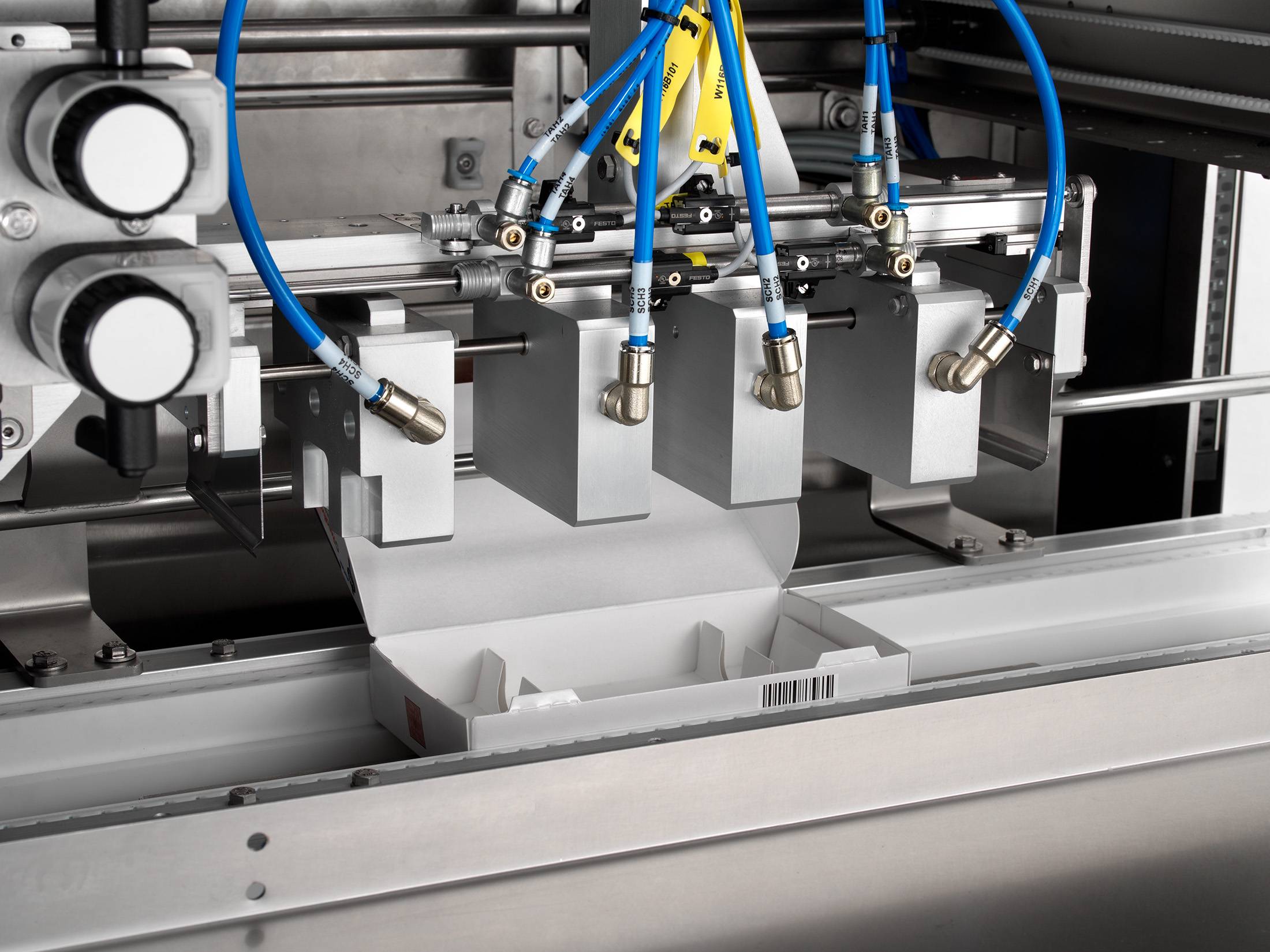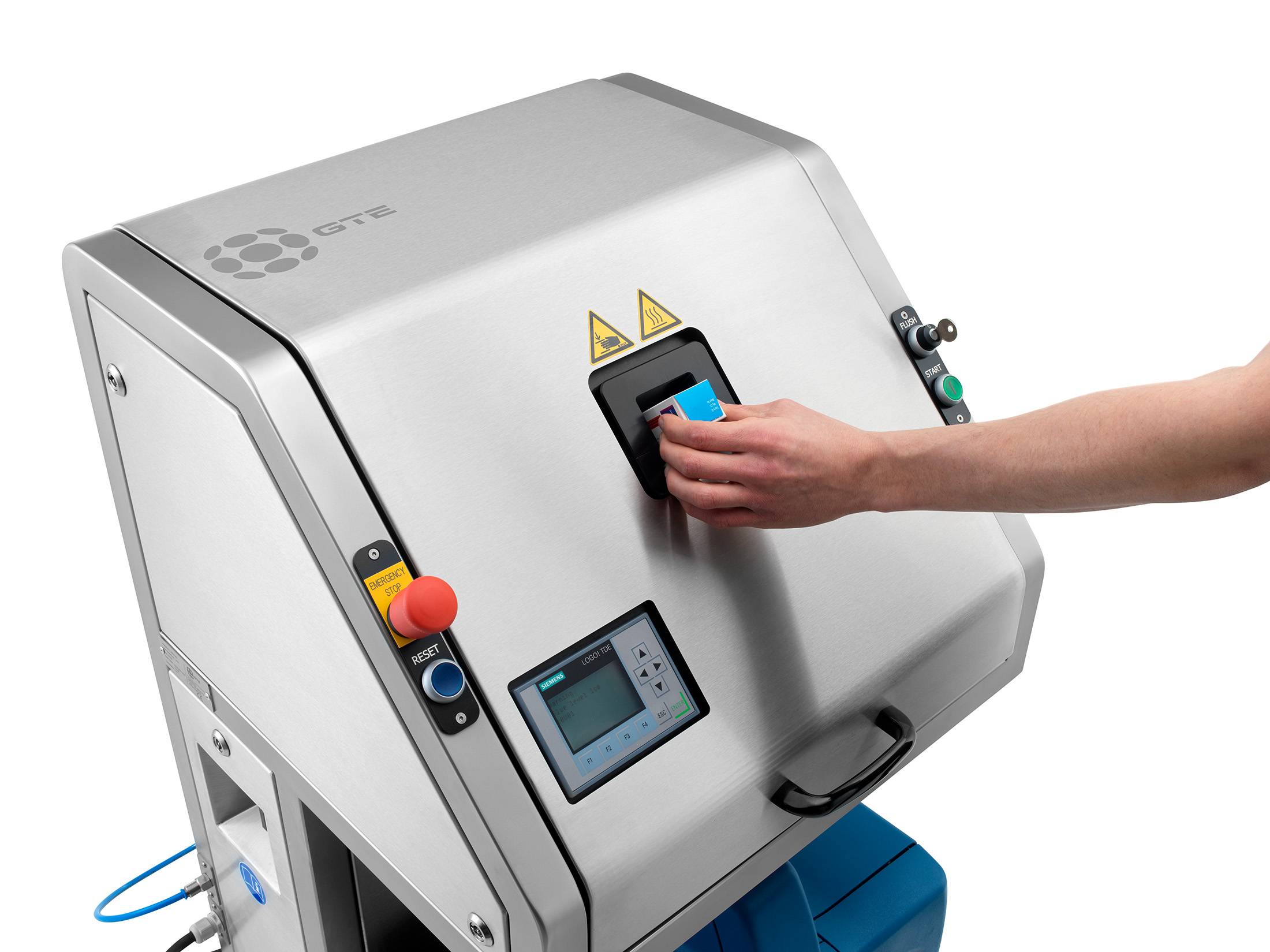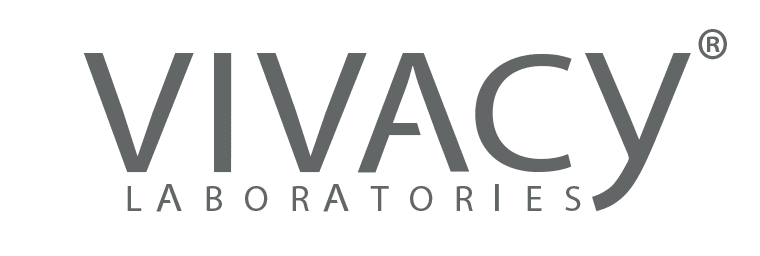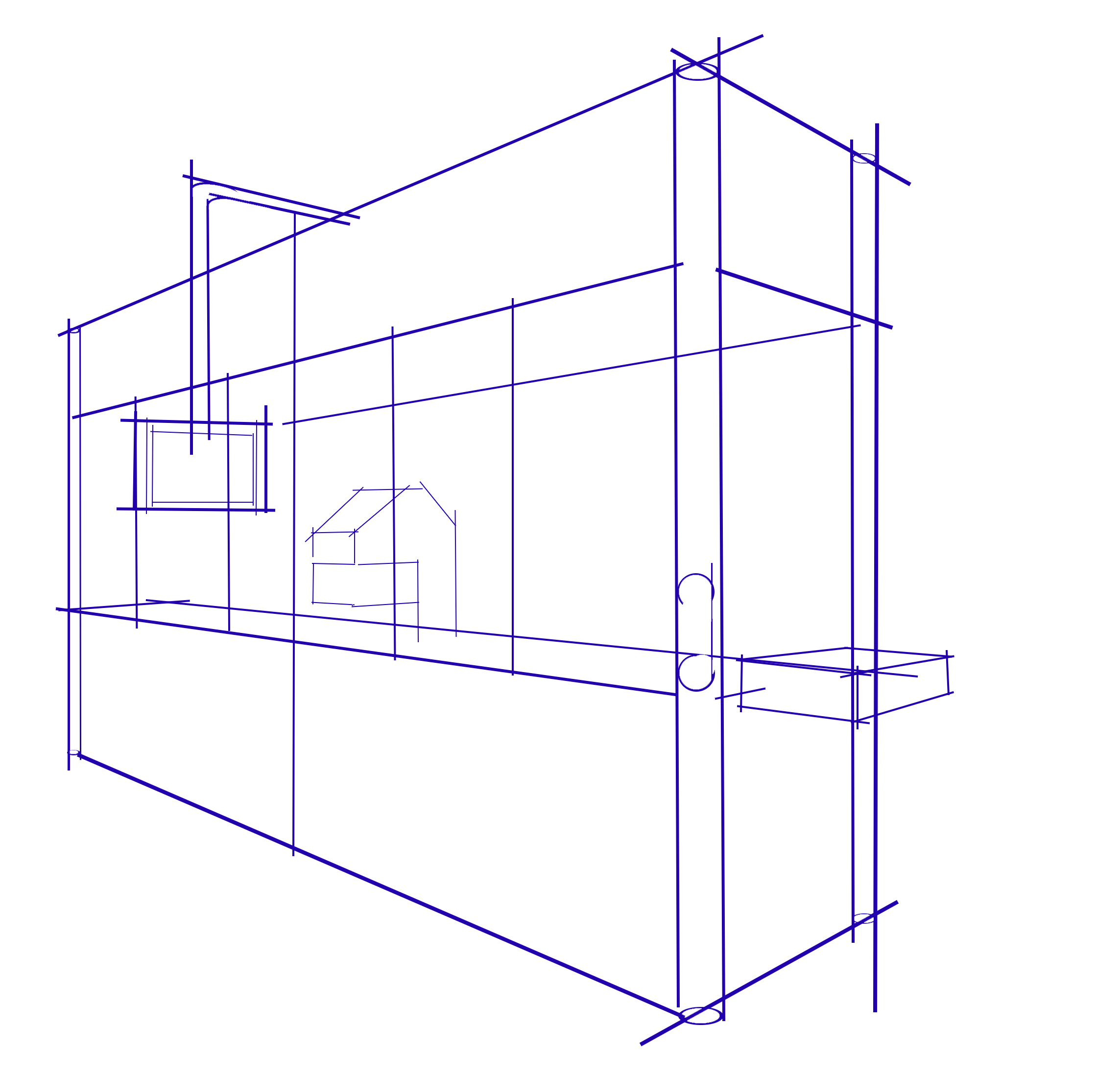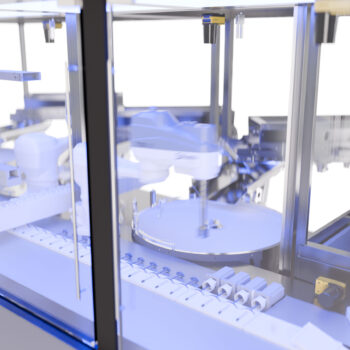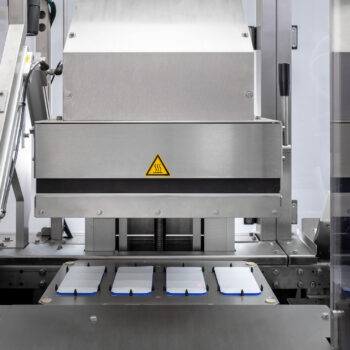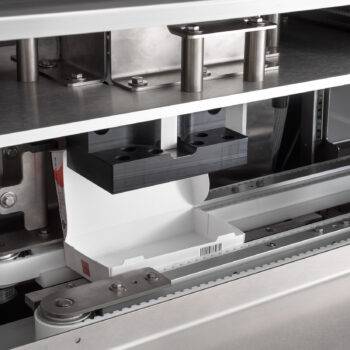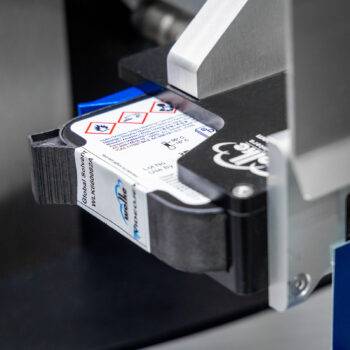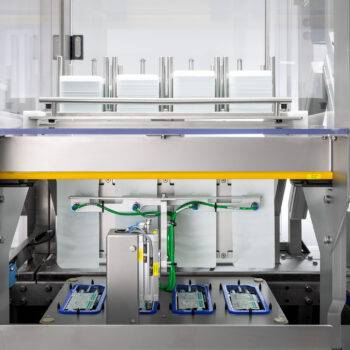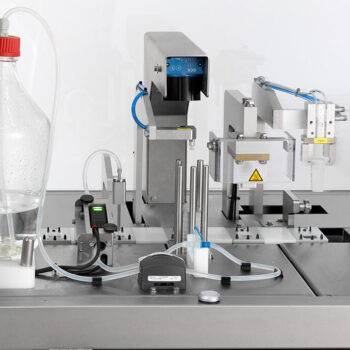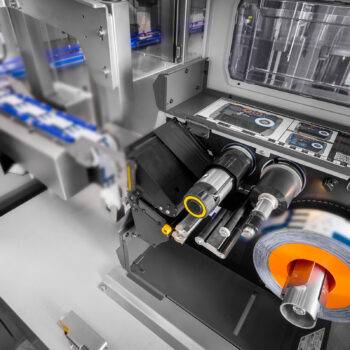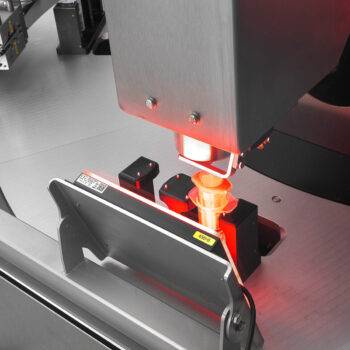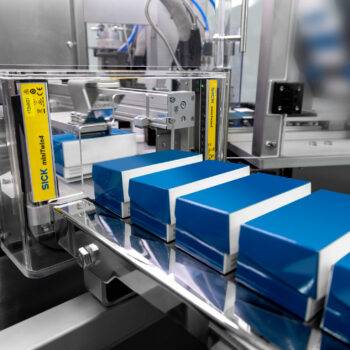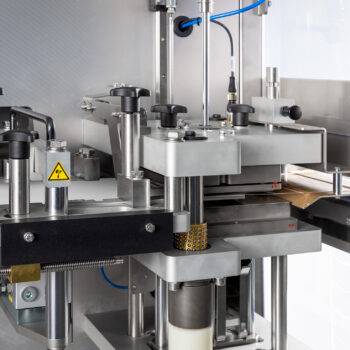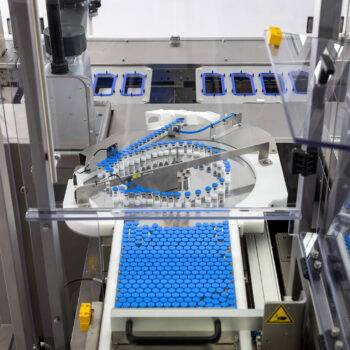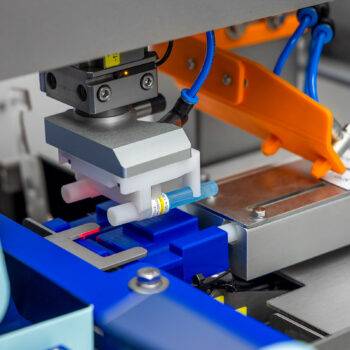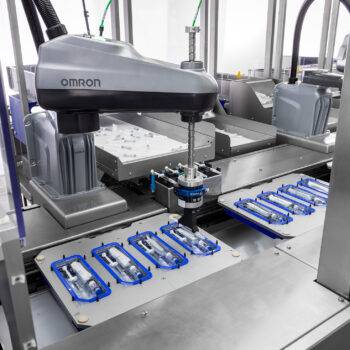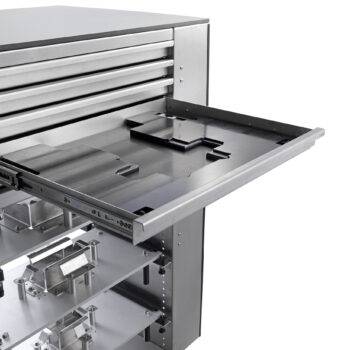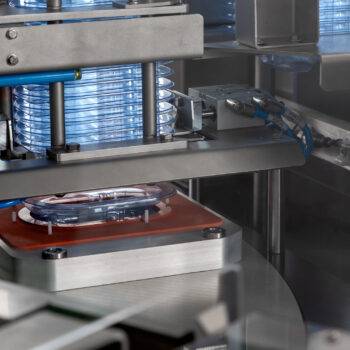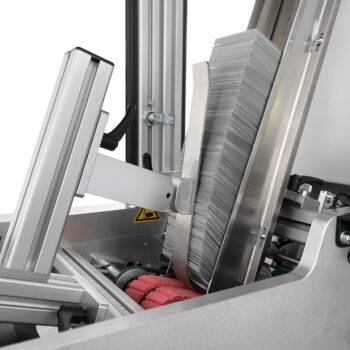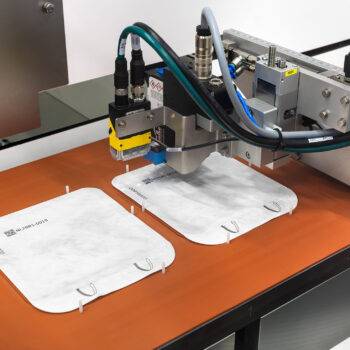

Thermal Transfer Printing
Each product requires a specific printing method. Thermal Transfer Printing is often used for syringes. This method involves applying a print to a carrier before printing it onto the final product. The reason it’s a good option for syringes is because Thermal Transfer is scratch-resistant, solvent-resistant, and uses FDA-approved ink. This ink is available in a lot of colours, including metallics


Thermal Inkjet Printing
This method is suitable for printing, for example, serial numbers or artwork onto packaging. The print head has to be close to the product – no further than two or three millimetres away – which makes it an ideal option for printing on the lids of blisters and boxes. Its flat surfaces guarantee a good print quality with a very small margin of error.
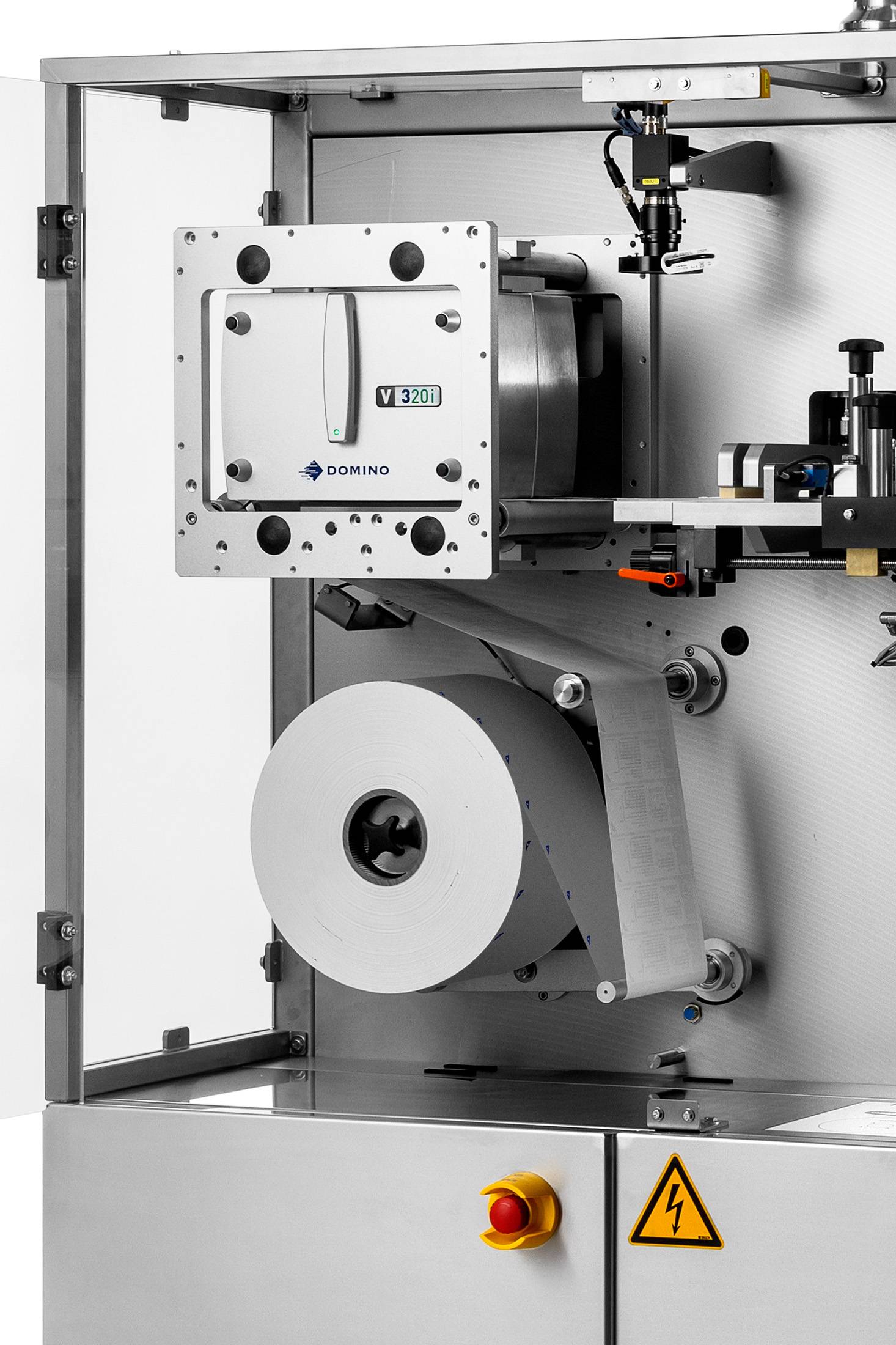
Tailored to your needs
At GTE, we understand that every production process is its own beast. That’s why our solutions are scalable and expandable at a later stage. Whereas a semi-automated solution is often chosen for a clinical trial or start-up, a fully automated solution is usually the best option for an existing production line. All our solutions can be expanded at a late stage with any additional automation measures.
Get more information
Wondering how the Machine could be useful for your organisation? Request more information using the form below.
"*" indicates required fields

Knowledge & Inspiration
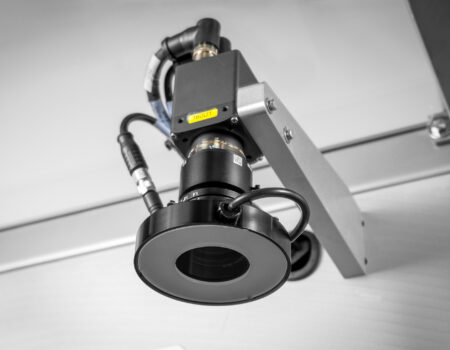
Whitepaper: Everything about vision systems in the pharmaceutical and medical industry
Precision and accuracy are extremely important. Whether they are used for correctly labeling products, or verifying the integrity of packaging, vision systems play a crucial role in any production process. What are their strengths and limitations, how do you prepare for their implementation, and what will the future look like in terms of, for example, AI? We are happy to help you get started; download the free whitepaper!

The Importance of IQ, PQ, and OQ in Machine Construction for the Pharmaceutical and Medical Industry
In the pharmaceutical and medical industries, developing machines that meet the highest quality and regulatory standards is essential. Therefore, the steps of IQ (Installation Qualification), PQ (Performance Qualification), and OQ (Operational Qualification) are followed during the construction of these machines. These qualification tests ensure that machines meet the required standards for installation, operation, and performance, and they are a critical part of the validation process.
At GTE Engineering, we use a traceability matrix and provide support with FAT (Factory Acceptance Test) and SAT (Site Acceptance Test) protocols to make the validation process structured and efficient. This approach guarantees that all requirements are documented and that the machines meet the highest standards in the pharmaceutical and medical industries.
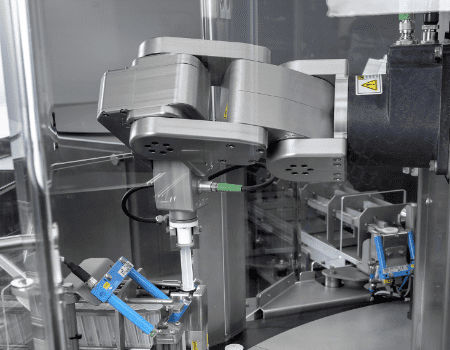
The LAP-C with Mecademic robot
GTE designed and built the LAP-C. A circular platform for assembling and/or packaging medical products. When we design the LAP-C as an assembly machine, we often use a Mecademic robot.
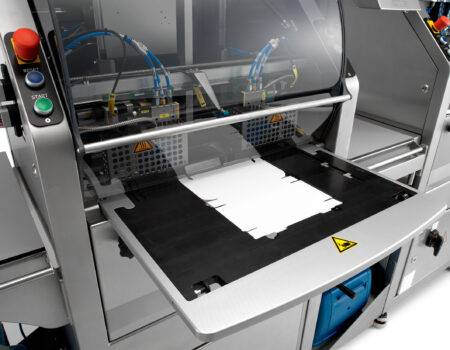
High mix low volume manufacturing
In the pharmaceutical industry, there is a growing demand for high mix low volume manufacturing (HMLV). HMLV signifies that medications and medical devices are increasingly being personalized, tailored more specifically to the patient: a greater variety of medical products combined in smaller quantities.
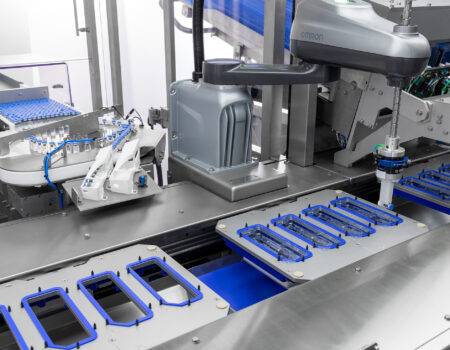
3D printing in engineering– thinking out of the box
Years ago, in 2001, GTE engineering embraced 3D printing for the creation process of its exclusive machines. Until then it was science fiction. Today we can no longer live without it. How do we use 3D printing at GTE and what advantages does it have?
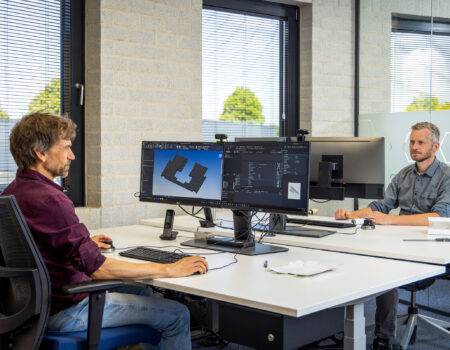
What is ‘Smart Customization’?
ETO, CTO and Smart Customization. Terms that are more often used in mechanical engineering. But what do these terms mean? Everyone working in mechanical engineering should know what development these words describe.
Let us call you back
Curious about how our machines can be used within your organization? Request more information quickly and easily.
"*" indicates required fields




